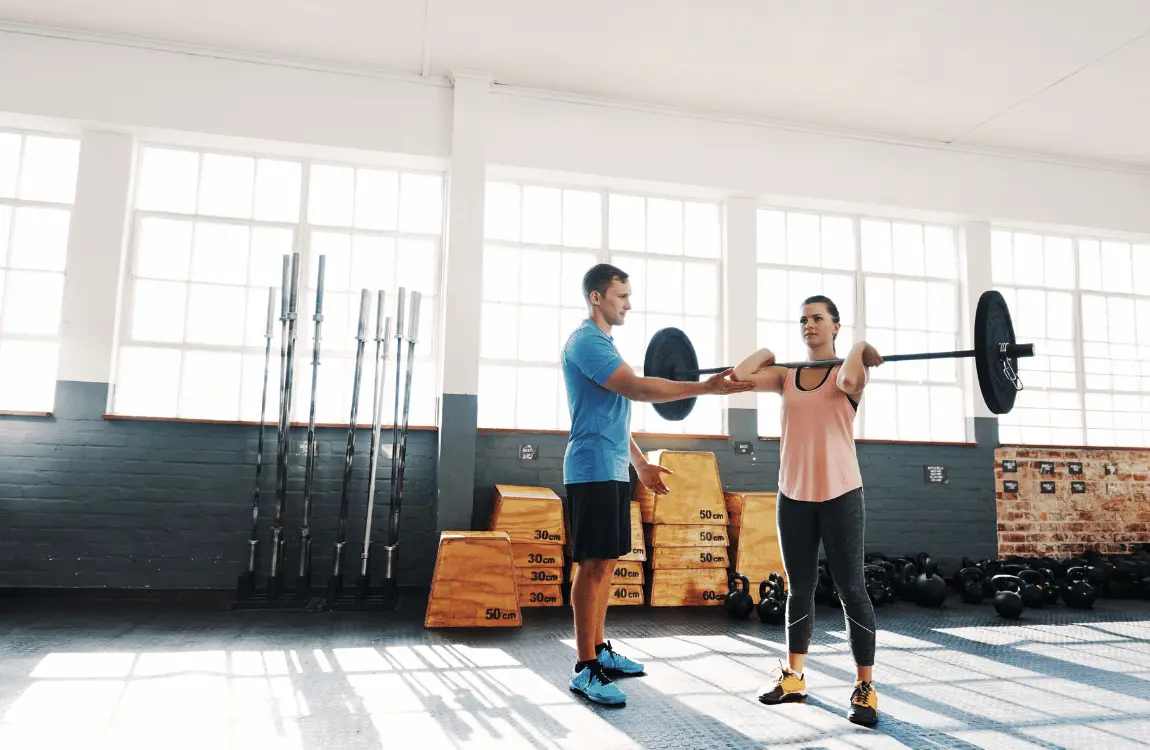Botox has become a household name, known for its ability to smooth out wrinkles for a more youthful appearance. With its widespread popularity, it’s no surprise that individuals often flock to clinics to pursue its wrinkle-reducing magic. A common question arises from this misconception: Can you still exercise after getting Botox?
This question often arises from a genuine concern for post-treatment care and the desire to maintain optimal results. After all, exercise is not just a routine but a lifestyle for many. In this blog post, we’ll discuss the relationship between Botox injections and physical activity, providing clarity to address the concerns.
What is Botox and How Does It Work?
Botox, short for botulinum toxin, is a protein produced by the bacterium Clostridium botulinum that can be harmful in large amounts. When used in controlled doses by medical professionals, Botox serves as a highly effective cosmetic treatment. Its main use is to reduce facial wrinkles.
The mechanism behind Botox’s wrinkle-reducing capability lies in its ability to temporarily block signals from the nerves to the muscles. By doing so, Botox prevents the targeted muscles from contracting, which in turn softens the appearance of wrinkles and fine lines. This effect typically lasts for several months before gradually wearing off as the body metabolizes the injected toxin.
One of the key appeals of Botox is its minimally invasive nature. This treatment is approved by the Food and Drug Administration (FDA). Unlike surgical procedures, Botox injections involve minimal downtime, allowing individuals to resume their daily activities almost immediately.
Immediate Post-Botox Care
Common aftercare recommendations include avoiding touching or rubbing the treated area to prevent the diffusion of the toxin to unintended muscles. Additionally, individuals are advised to refrain from engaging in strenuous physical activities for at least 24 to 48 hours post-treatment. This precaution reduces the risk of spreading the Botox away from the target area.
Another important aspect of post-botox care is avoiding lying down flat for a few hours following the procedure. Maintaining an upright position helps prevent the migration of Botox to unintended areas and promotes optimal absorption into the targeted muscles.
Exercises to Avoid in the First 24 Hours after Botox
In the first 24 hours after Botox injections, it’s recommended to avoid exercises that may strain or excessively activate the facial muscles. Here are some exercises to avoid during this period:
High-Intensity Cardio
Running, sprinting, or high-impact aerobics can increase blood flow and cause facial flushing.
Heavy Weightlifting
Weightlifting exercises that involve tensing the facial muscles, such as squats, deadlifts, or heavy overhead presses, should be avoided.
Facial Exercises
Avoid any exercises that involve exaggerated facial expressions or repetitive muscle movements to allow the Botox to settle properly.
Contact Sports
Keep away from boxing, martial arts, or sports with high contact levels that pose a risk of facial trauma or impact.
Excessive Chewing or Talking
Try to minimize excessive chewing, like chewing gum, or talking a lot to avoid overworking the facial muscles.
A healthcare provider plays a key role in ensuring optimal results and a smooth recovery process. In medical and cosmetic dermatology, Adult and Pediatric Dermatology offers services that meet your needs. If you have any concerns or questions about Botox injections, don’t hesitate to consult our healthcare provider for personalized guidance.
What Types of Exercises Are Safe to Do After Botox Injections?
After Botox injections, it’s generally safe to engage in light exercises that do not overly strain the facial muscles or cause excessive sweating. Here are some examples of safe exercises to do after Botox injections:
Walking
A leisurely walk is great for improving blood flow without putting too much strain on your facial muscles.
Yoga
Gentle yoga poses that focus on stretching and relaxation can help maintain flexibility and muscle tone.
Cycling
Riding a stationary bike or going for a casual bike ride outdoors can provide cardiovascular benefits without placing undue stress on the treated muscles.
Swimming
Swimming or water aerobics are excellent options for low-impact exercise after Botox treatment.
Conclusion
In conclusion, the question of whether you can work out after Botox ultimately depends on various factors. For instance, the type of exercise, the intensity of the workout, and individual response to the treatment. Light exercise such as walking or gentle yoga is generally considered safe immediately following Botox injections. However, you should always check with your healthcare provider before getting back to your exercise routine after Botox injections. The highly trained practitioners of Adult and Pediatric Dermatology provide personalized advice based on your specific circumstances. Check out our services and call us now for more details.
Frequently Asked Questions
Can I work out immediately after getting Botox injections?
While light exercise may be permissible, it’s generally recommended to avoid vigorous activities for at least 24 to 48 hours post-treatment to allow the Botox to settle properly.
How long should I wait before resuming my regular workout routine after Botox injections?
It’s advisable to wait at least 24 to 48 hours before resuming your regular workout routine after Botox injections, and it’s essential to listen to your body to avoid straining the treated muscles.
Will exercising after Botox injections make the results wear off faster?
Exercise itself does not significantly impact the duration of Botox results. However, certain activities that strain the treated muscles excessively could accelerate the breakdown of Botox, resulting in a shorter duration of its effects.

